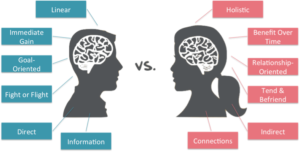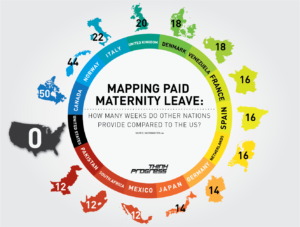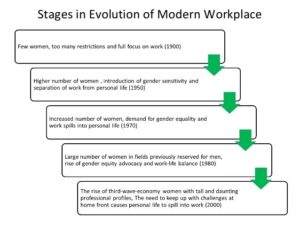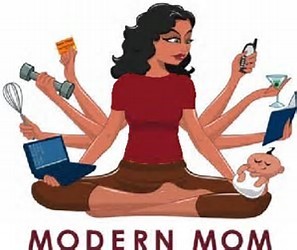Harmonizing Work & Motherhood: Can We Afford Not To?
Women are an integral part of the global work place. They are parallel thinking multi-taskers alongside their sequential thinking male individual taskers. Men and women solve problems differently and women are more prone to natural collaboration and seeking assistance. A good balance of both male and female perspectives to ideas and solutions are needed for business success and the brain function studies seem to affirm that much needed gender balance.
Research shows that
- Fortune 500 Firms with women Board members outperform their peers by 53% greater ROE
- Women make up half of the U.S. workforce and comprise $5 trillion in purchasing power
- Women make up a majority of the single parent households with children in the US
- 80% of all US healthcare decisions are made by women
- 70% of all major financial decisions in the US households are made by women
Then there are other nations across the world, like India, that cannot even assure the safety of the woman in the workplace where women could be sexually assaulted by her co-workers.
This is the spectrum of women in the workplace in our global economic environment.
No doubt, women have come a long way in the workplace, but there is more to be done and much continue to remain a conundrum. Women not staying in the workforce and leaving to raise families while be unemployed or under employed is not healthy for business or society. Attracting, developing and retaining women in the workforce is important for the organizational succession plan.
As the millennial generation and Gen Zs come of age, we are also seeing more men comfortable with the stay at home role as women with their better education become the primary bread winners. The approach to dealing with the Women in the workplace will also need to be applied to the gender reversal we see emerging. Please join me and my guests, Allison Robinson and Christine Coyle of The Mom Project, to explore how best to harness the value of women and mothers in the workplace and continue to build that into the optimal approach for supporting families.










